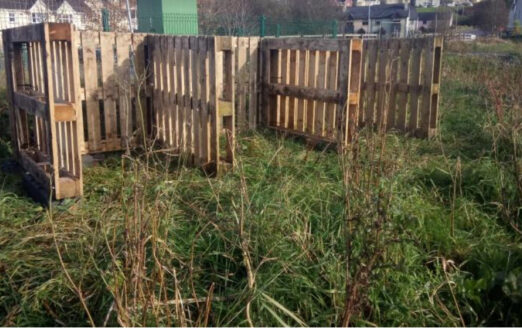Comfrey Symphytum officinale has enjoyed a long traditional use for healing damaged tissue. So much so some of its common names include Knitbone and Boneset. It is a native plant to Ireland, a member of the Borage family, and is found growing in rich damp, moist soils, especially along river banks.
The leaves and roots are used and preparations such as infused oils,salves and creams can be made for topical use to apply to cuts,bruises,swellings,burns, insect bites and stings,sprains,fractures and broken bones. I make infused oils from my comfrey plants throughout the growing season and have it ready when a salve or cream is needed.
Comfrey repairs damage to superficial and deep tissue injury by its ability to resolve inflammation effectively and due to a constituent inherent in the plant, Allantoin.This is also found in another of our native herbs, Ribwort( Plantago lanceolata) but to a lesser extent. Allantoin stimulates the proliferation of new cell growth and along with the mobilisation of white cells involved in tissue repair, a speedy resolve is effected.

Another element found in comfrey is a sticky substance called Mucilage. Mucilage rich plants (refer also to our native Marshmallow) exert a soothing effect, and a simple infusion of comfrey leaf or root can be made and applied topically as a wash to inflammed,painful skin lesions.
Internal use of comfrey has been cautioned but it continues to hold an honored place as one of our most effective healers in external use. On top of all of this Comfrey is a green manure par excellence. Every year I harvest leaves and stems from my plants and cut them up roughly.
The cut leaves are placed in deep wide containers and water added and left to macerate for about a week. The sun’s heat will hasten the breakdown of the plant material which releases an abundance of its minerals.
It makes an excellent plant food and Nettles can also be added to the mix which also contains huge amounts of minerals and iron. In the autumn the roots can be dug up and seperated and replanted to replenish stocks so that the herbalist and gardener ensure a continuous supply of comfrey plants.
Jacqueline Kilbryde Medical herbalist MNIMH MIRCMH



